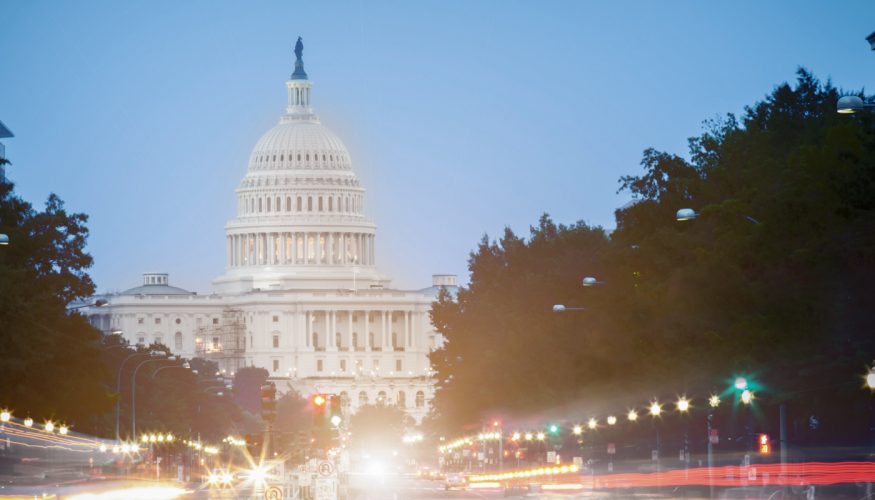PBN: Smart investment in America’s future: Doubling the max Pell grant

As originally appearing in The Providence Business News
By James T. Brett
College affordability and access to higher education has been a topic of much discussion in Washington DC and throughout our region in recent years. And rightfully so. The cost of higher education continues to increase, and millions of Americans struggle with student loan debt. At the same time, a college degree is for so many a path to career success and financial security, and our region’s employers depend on a talented pipeline of highly skilled workers to continue to grow and thrive.
One important step the Congress could take in the immediate future to help make a college degree more affordable and accessible to students is to increase the maximum grant amount under the federal Pell grant program. In fact, the New England Council—the nation’s oldest regional business association—is calling on Congress to double the maximum Pell Grant amount.
Pell Grants were established by Congress in 1972 and named in honor of the late United States Senator Claiborne Pell of Rhode Island. The grants are financial awards provided to low-income students to pursue undergraduate degrees. The program is a vital tool to ensure that low-income students – many of whom are first generation college students – are able to pursue their undergraduate education. It is the largest source of federal funding for students pursuing post-secondary education.
For the 2021-2022 award year, the maximum Pell Grant award is $6,495, not nearly enough to cover the average cost of tuition and fees for the 2020-2021 school year. The maximum Pell Grant amount has only increased in increments of $150 over the last several years — certainly not keeping pace with tuition increases and inflation. In 1975, the Pell Grant covered almost 80% of tuition and room and board at a four-year public college, compared to less than 60% today.
Doubling the maximum Pell Grant amount would enable more low-income students to pursue higher education, and to incur less debt. Further, an increase in the maximum Pell Grant amount would help address racial inequities in higher education. For example, according to the U.S. Department of Education, over 57% of African American undergraduate students received Pell Grants during the 2015–2016 academic year, compared to 31.5% of white undergraduates during the same period.
There is significant support across the nation for doubling the Pell Grant. The New England Council is proud to join a growing list of respected national higher education associations in advocating for this change, including the National Association of Independent Colleges and Universities, and the American Council on Education. Over 900 colleges around the country recently signed on to a letter advocating for doubling the Pell Grant, including many here in New England.
As the federal Pell Grant program quickly approaches its 50th anniversary next year, we cannot think of a better way to honor the legacy of this program and recognize the importance of ensuring access to higher education for all students than by doubling the maximum grant amount. We are hopeful that our leaders on Capitol Hill will come together in the near future to take this important step, as it would truly be an investment in America‘s future.
James T. Brett is the President & CEO of The New England Council, a regional alliance of businesses, non-profit organizations, and health and educational institutions dedicated to supporting economic growth and quality of life in New England.